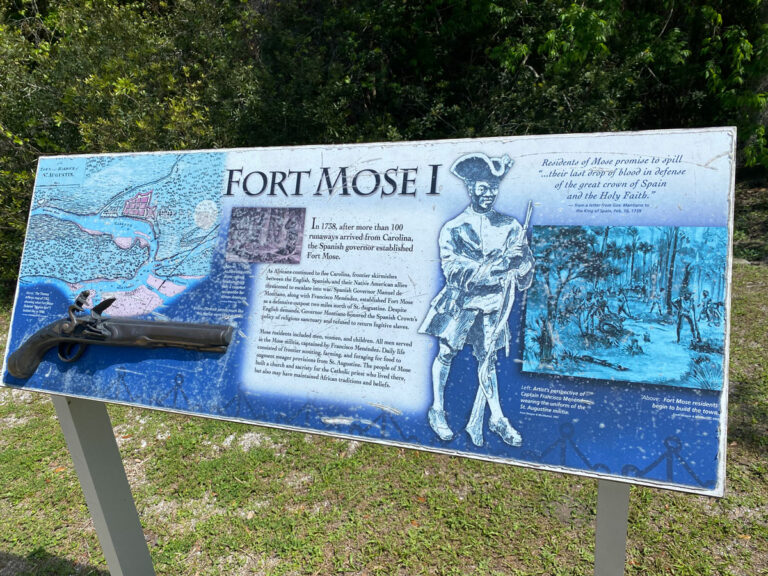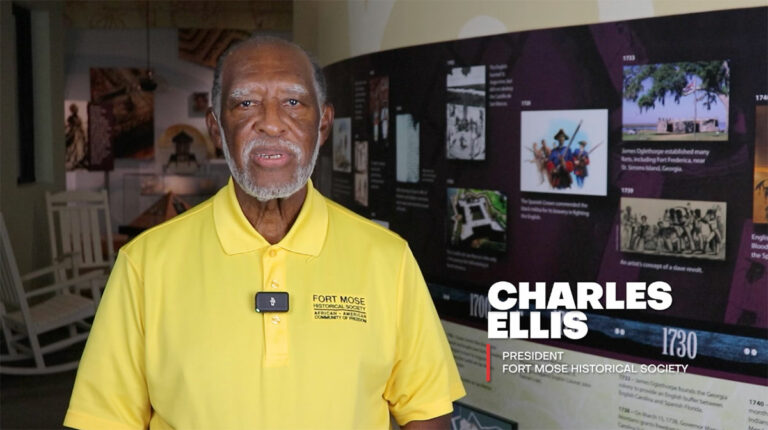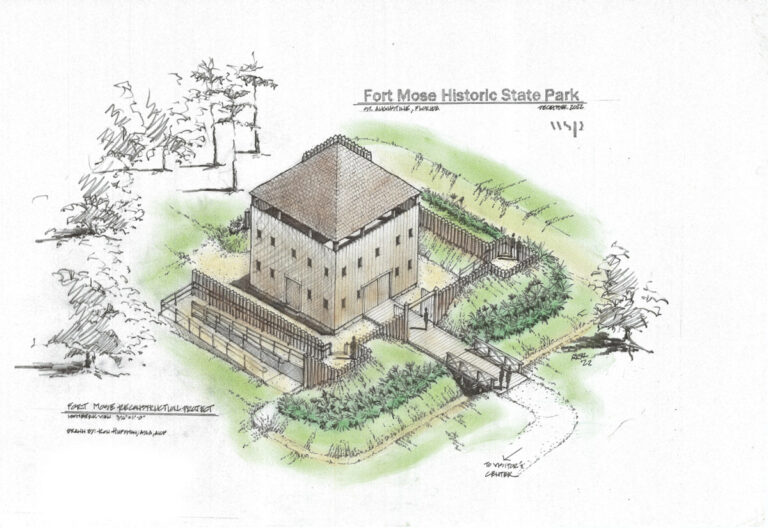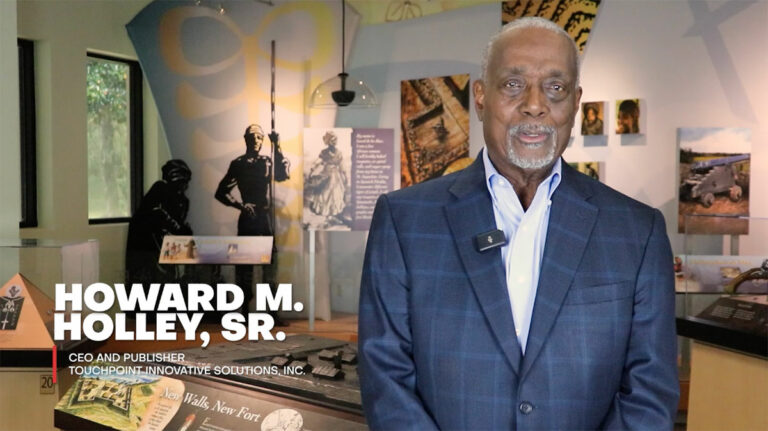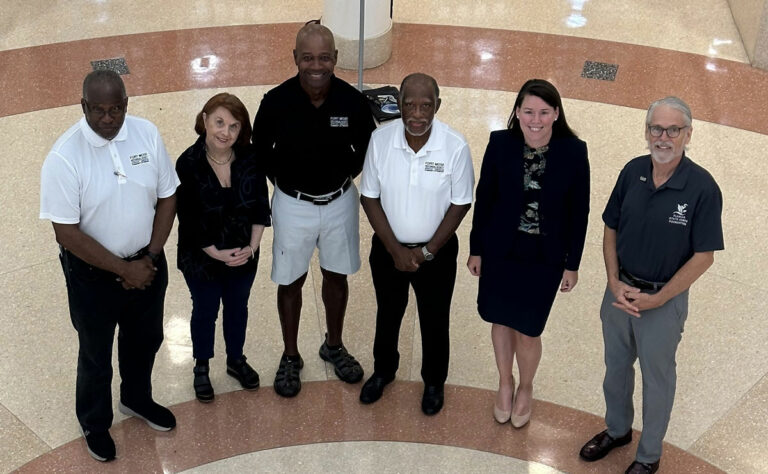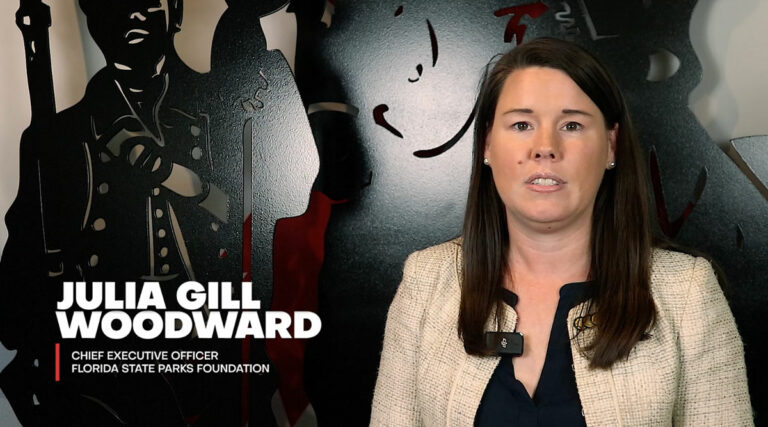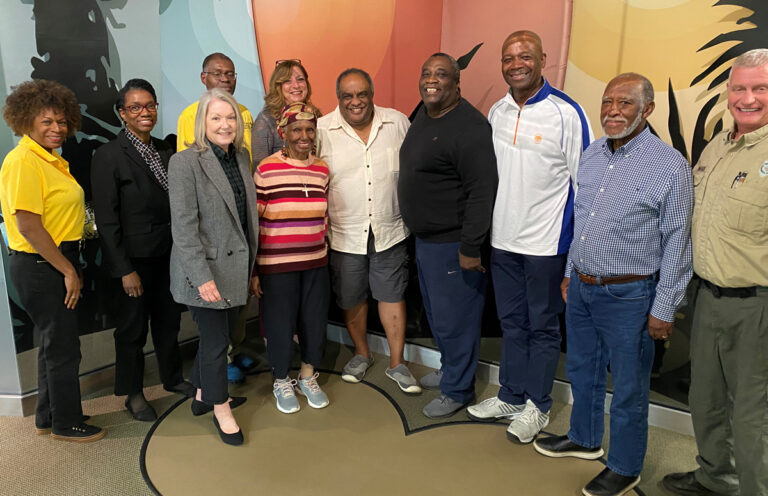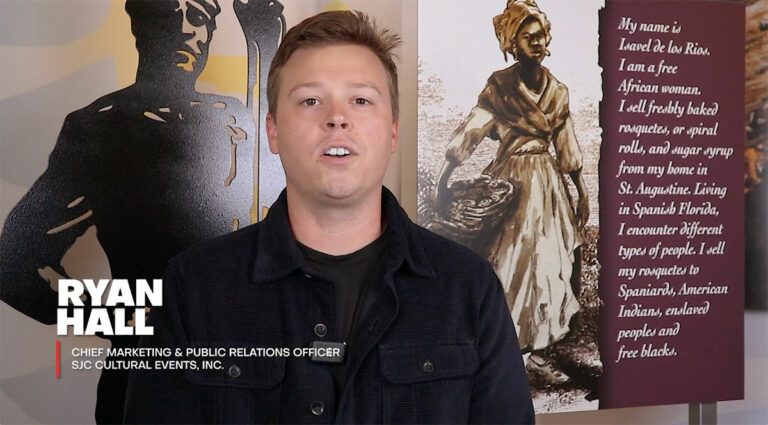Fort Mose a Feather in County’s Tourism Development Cap
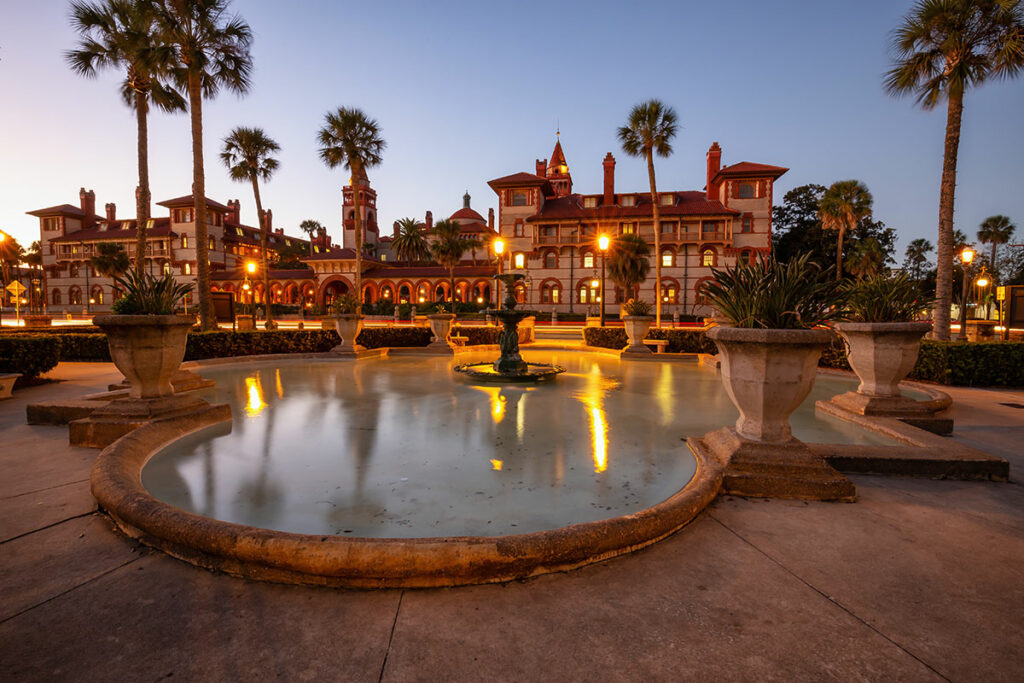
St. Augustine and St. Johns County are already known for their historical sites and attract millions of visitors annually. And while Fort Mose has been an important element in the mix, the reconstruction project is expected to become even more pronounced as a destination, according to tourism officials.

“It does have a significant impact,” said Susan Phillips, president and CEO at St. Augustine, Ponte Vedra & The Beaches Visitors & Convention Bureau. “It makes a very big difference to our tourism here in St. Johns County.”
Phillips said cultural and historical tourism opportunities attract a lot of travelers interested in learning more about African American history, colonial history and the struggle for freedom and Fort Mose adds to the area’s luster as a tourist destination.
“We’re seeing people who come here to our destination that are more educated and are more affluent,” she said. “Yes, they want to come to our beaches, but they also want to get immersed in learning, and we are blessed to have so many cultural and historical opportunities.”
Phillips said the lure of cultural and historical sites – also known as heritage tourism – makes St. Augustine and St. Johns County a popular destination for those wanting to learn more about the past.
“It’s important as we look back and reflect on things that were good and bad and marvel at things that were done years ago and how people overcame things that were difficult for them,” she said. “We have some of these national monuments and buildings today we can share.”
The reconstruction project at Fort Mose will add another high-quality site to that list.
“Since there is not a physical building there to see, we are very excited about the reconstruction of the settlement,” Phillips said. “With the story of Fort Mose, people get incredulous when we talk to them on sales missions. They can’t believe the additional history here beyond the colonial history.”
Phillips said the experience of being able to see what life was like when Fort Mose emerged as the first free Black town in America will give visitors and residents alike more opportunities to learn about the past.
“It’s a beautiful place to visit, but having that historical piece in place so people can see it is going to really help raise the bar for Fort Mose,” she said.
And the impact goes beyond tourism development.
“You’re going to see a lot of local residents and a lot of school buses coming over there to learn about the story of those folks,” Phillips said. “I know once they do the reconstruction of the site, there will be more opportunities for interpretative resources.”
Phillips said the Fort Mose project will also contribute to economic growth across the region.
“We have to remember, as with any of our tourism assets, there is an economic impact,” she said. “That’s going to help our local businesses, and as we support and help raise money for the project, ultimately, it is going to have a positive economic impact on our community.”
Phillips said the engagement of the community in supporting the reconstruction effort in particular and tourism, in general, is also something to consider.
“I think everyone here understands the importance of the heritage and the history we have right here in our backyard,” she said. “We have to make sure we preserve and conserve it with sustainable tourism practices. This is something that is a gift and an investment in our children’s future.”

